When it comes to maintaining your home, there’s nothing more important than caring for its foundation. It is the base upon which all other structural support rests, and without proper attention, the foundation of your house can be susceptible to damage caused by drought, water leaks, or improper soil composition.
But just how do you go about watering your foundation? In this blog post, we’re here to provide you with some valuable information on how do you water your foundation like a pro! Read on to discover what type of water should be used when caring for a home’s foundation as well as tips for regulating water supply and preventive measures.
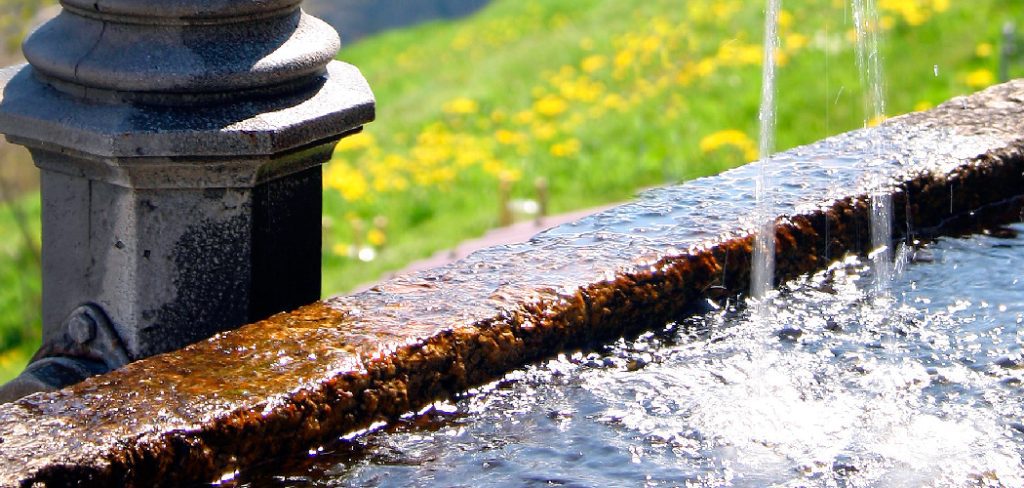
Does Watering around Foundation Really Help?
The short answer is yes! Properly watering your foundation is essential to keeping it in good condition. But how exactly should you do it?
First, it’s important to understand that the soil around your home may be severely compacted and not able to absorb water very well. That’s why it’s so important to use a sprinkler that can deliver water at a slow and steady rate. This ensures the water reaches properly down into the soil before it evaporates.
In addition to a sprinkler, you may want to consider other methods of foundation watering as well. Installing drip irrigation systems is one way to get water exactly where it needs to go in your foundation, while a soaker hose is another great option.
No matter which method you choose, remember to water your foundation at least once a week and adjust the frequency as needed during times of drought or excessive rainfall. Finally, be sure to inspect your foundation regularly for signs of erosion or cracking that could be caused by overwatering or lack of water.
By following these tips, you can make sure your foundation is properly hydrated and in good condition for years to come. Don’t forget that proper foundation watering is key to keeping your home safe and healthy!
9 Methods on How Do You Water Your Foundation
1. Use a Soaker Hose
One method you can use to water your foundation is to use a soaker hose. Soaker hoses are specially designed to release water slowly and evenly and can be a great way to ensure that your foundation gets the moisture it needs without wasting water. To use a soaker hose, simply lay the hose around the perimeter of the foundation and turn on your water supply. Allow the hose to run for an extended period of time to ensure that your foundation is getting the moisture it needs.
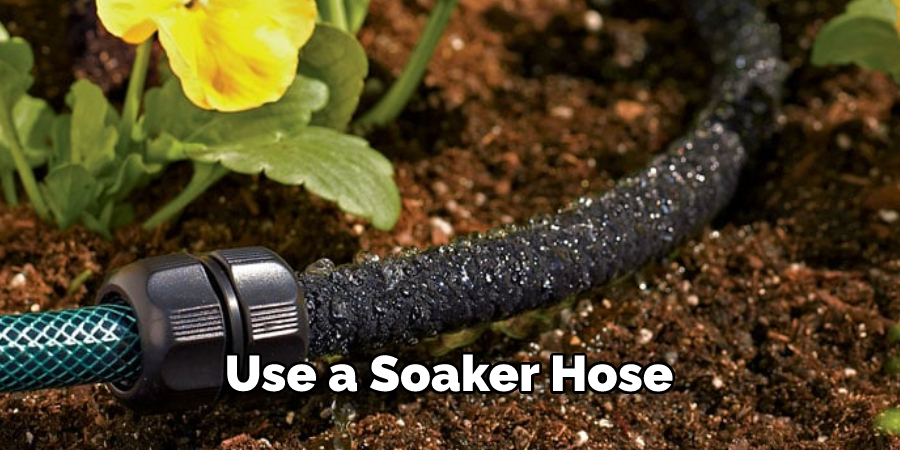
2. Use a Garden Hose with a Sprinkler Attachment
Another option is to use a garden hose with a sprinkler attachment. This can be a good option if you need to cover a large area, but you will want to be careful not to overwater your foundation. Position the sprinkler evenly around your foundation and adjust the water pressure accordingly so that you don’t cause any waterlogging. Make sure to move the sprinkler around your foundation every few minutes to ensure that all areas are watered evenly.
3. Use a Watering Can
If you have a small area to water, or if you just prefer the more traditional method, you can use a watering can. Watering cans come in a variety of sizes, so you can choose one that best suits your needs. To water your foundation using a watering can, fill the can with clean water and make sure to saturate the entire area around the foundation. Be sure to water the soil slowly and evenly, so it can absorb the moisture.
Adding fertilizer to the water will help your plants thrive and keep your foundation healthy. After you finish watering, be sure to check the moisture level of the soil around your foundation. If it is still dry, give it extra water.
4. Use Rain Barrels
If you live in an area that gets a lot of rainfall, you may want to consider using rain barrels to water your foundation. Rain barrels are large containers that collect rainwater, which you can then use to water your plants and foundation. Not only is this an eco-friendly way to water your foundation, but it also helps reduce the amount of runoff that can eventually cause erosion and flooding.
To ensure the best results, you should always use a large enough rain barrel to collect all of the runoff from any nearby roofs or structures. Additionally, you should check your rain barrel regularly to ensure that it is not overflowing and that there are no signs of algae growth. This will help keep the water clean and safe for use.
5. Use Greywater
Greywater is water that has been used for tasks such as washing dishes or laundry. This water still contains nutrients that plants can use, so it can be a great way to water your foundation without wasting fresh water. Make sure to use water from a safe source and treat it with bleach before using it in your garden. It can also be filtered if desired. Finally, be aware that greywater may contain some pollutants, so use it according to local laws and ordinances.
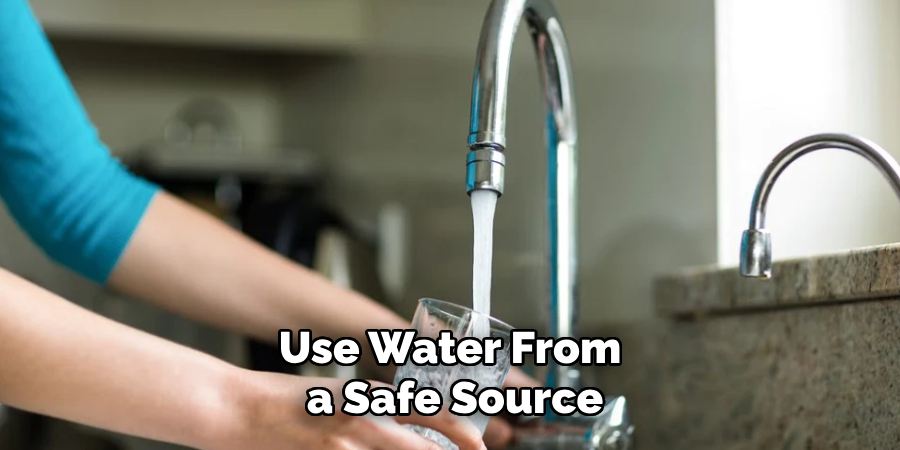
6. Collect Dew
Another option is to collect dew from the ground in the morning. This can be done with a cloth or sponge, and the collected dew can then be used to water your foundation. This method is especially helpful in dry climates, where other sources of water might be scarce. Additionally, it can help to conserve the water you do have, as you will be using only what is naturally present. However, it is important to note that this method might not be sufficient for large foundations or for areas with severe drought.
7. Use Recycled Water
If you have access to recycled water, such as from an aquarium or swimming pool, this can also be used to water your foundation. It is important to make sure that the recycled water is clean and free of chemicals before using it on your plants. Additionally, make sure to apply the recycled water gradually, as too much at once can cause root rot or other issues.
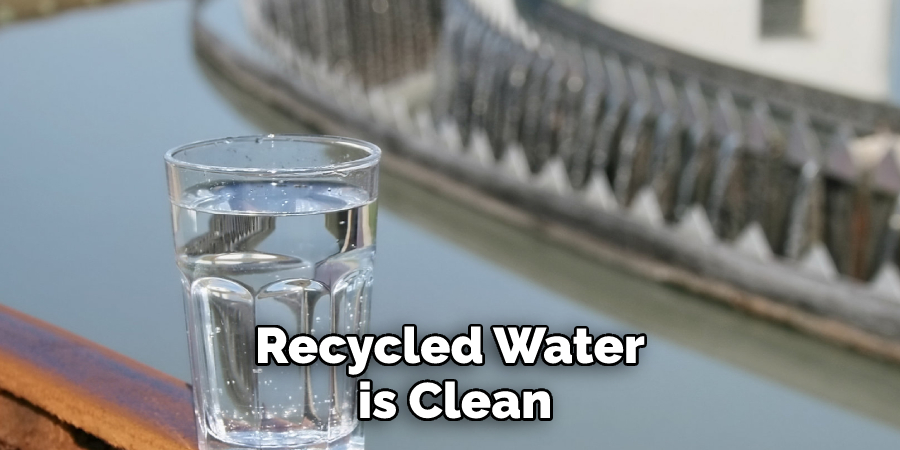
If you are unsure of the quality of the recycled water, it is best to use it for less sensitive plants. Additionally, this should not be used as a regular source of water for your foundation, as the lack of nutrients in the water can stunt growth.
8. Harvest Rainwater
Harvesting rainwater is another option for watering your foundation. This can be done by collecting rainwater in containers such as barrels or buckets, which you can then use to water your plants when needed. It’s an environmentally-friendly method of providing your foundation with the moisture it needs. Additionally, rainwater is free and can help you to save money on your water bill. Finally, rainwater is typically cleaner than tap water and is often used in hydroponic gardening.
9. Use Drought-Tolerant Plants
One way to reduce the amount of water needed for your foundation is to choose drought-tolerant plants. These types of plants are better able to withstand periods of dry weather and require less watering than other types of plants. Consider adding these types of plants to your garden and around the foundation of your home. This will reduce the amount of water you need to use while still keeping your foundation looking lush and vibrant.
By taking the time to properly water your foundation, you can ensure that it remains healthy and in good condition for years to come. Whether you opt for the traditional watering can or choose one of the newer methods, remember that proper foundation care is essential to maintaining your home’s health.
Things to Consider When Watering Your Foundation
1. Frequency
How often should you water your foundation?
The frequency of watering depends largely on the climate in which you live and the type of foundation you have. Generally, foundations should be watered at least once a week in dry climates and up to three times a week in wetter ones.
2. Volume
How much water should you use when watering your foundation?
Depending on the size of the foundation, it is best to use around 5-10 gallons of water per square foot of foundation. Make sure to evenly distribute the water throughout the area and avoid puddling or runoff.
3. Timing
When is the best time of day to water your foundation?
In most climates, early morning is an ideal time as it helps to maximize absorption before temperatures rise and allows excess moisture to evaporate during the day. It’s also important that you stop watering when conditions change, such as rain or excessive heat, as this will only saturate the soil without providing any benefits.
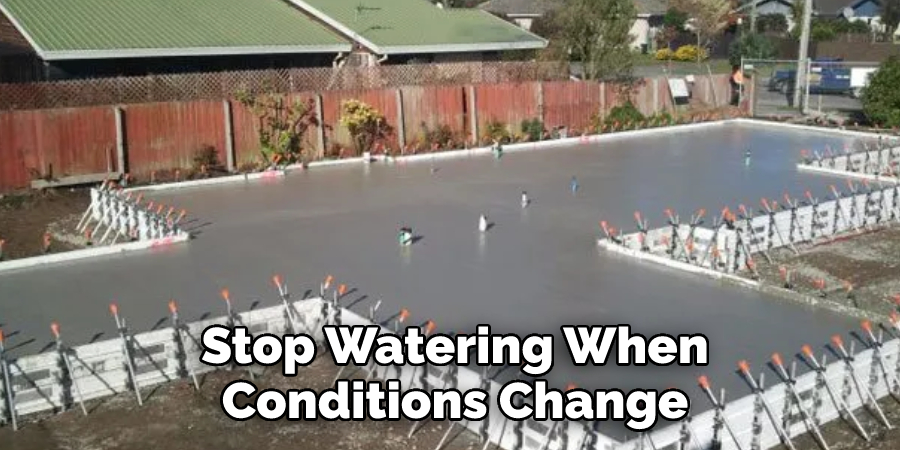
Conclusion
Watering your foundation is one of the most important things you can do for the health and longevity of your home. You should water your foundation once a week, in the early morning or evening hours, when evaporation is least likely to occur. If you have any questions about how do you water your foundation, please contact us, and we would be happy to help.
You Can Check It Out to Use Drywall Stilts
